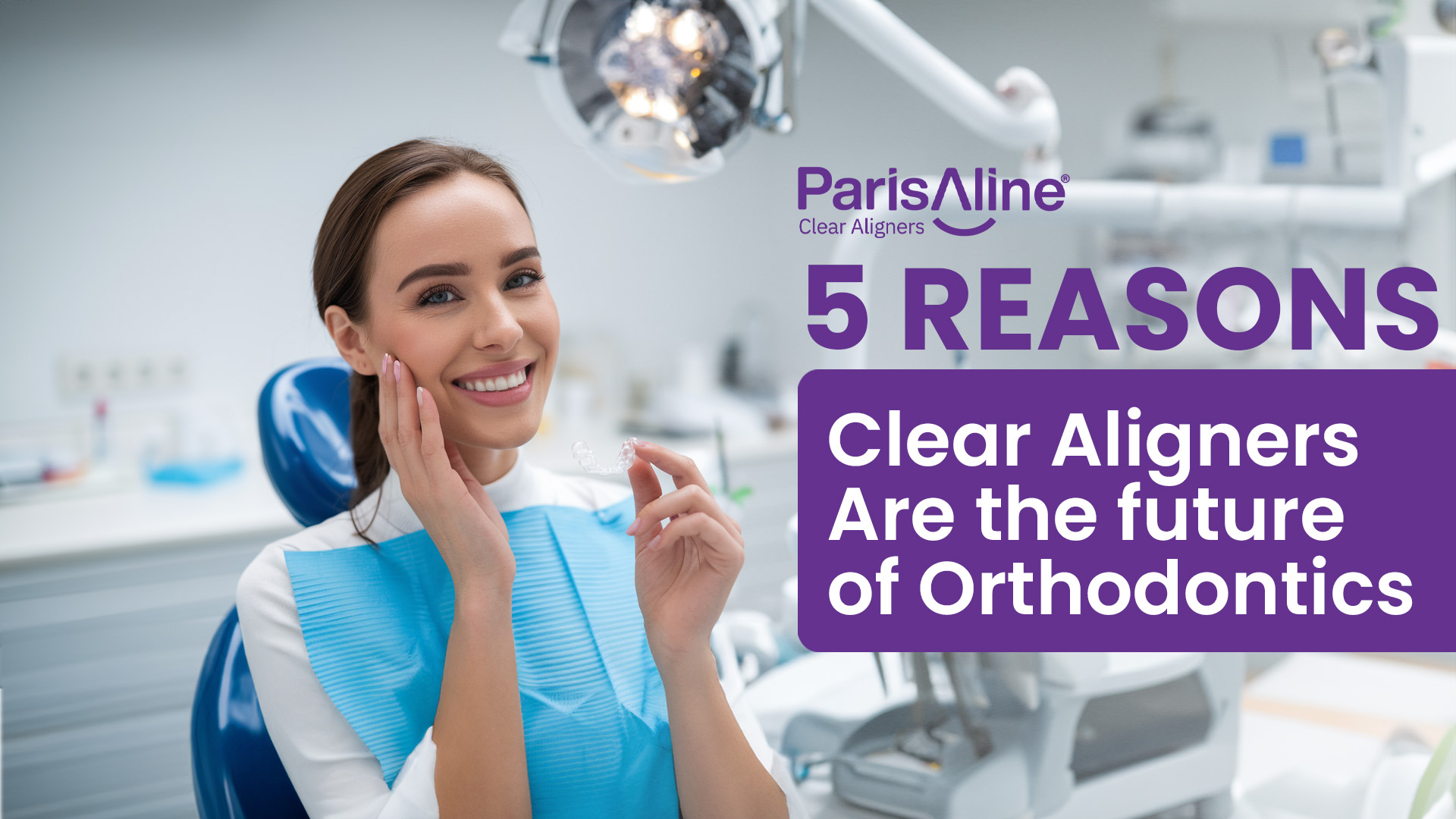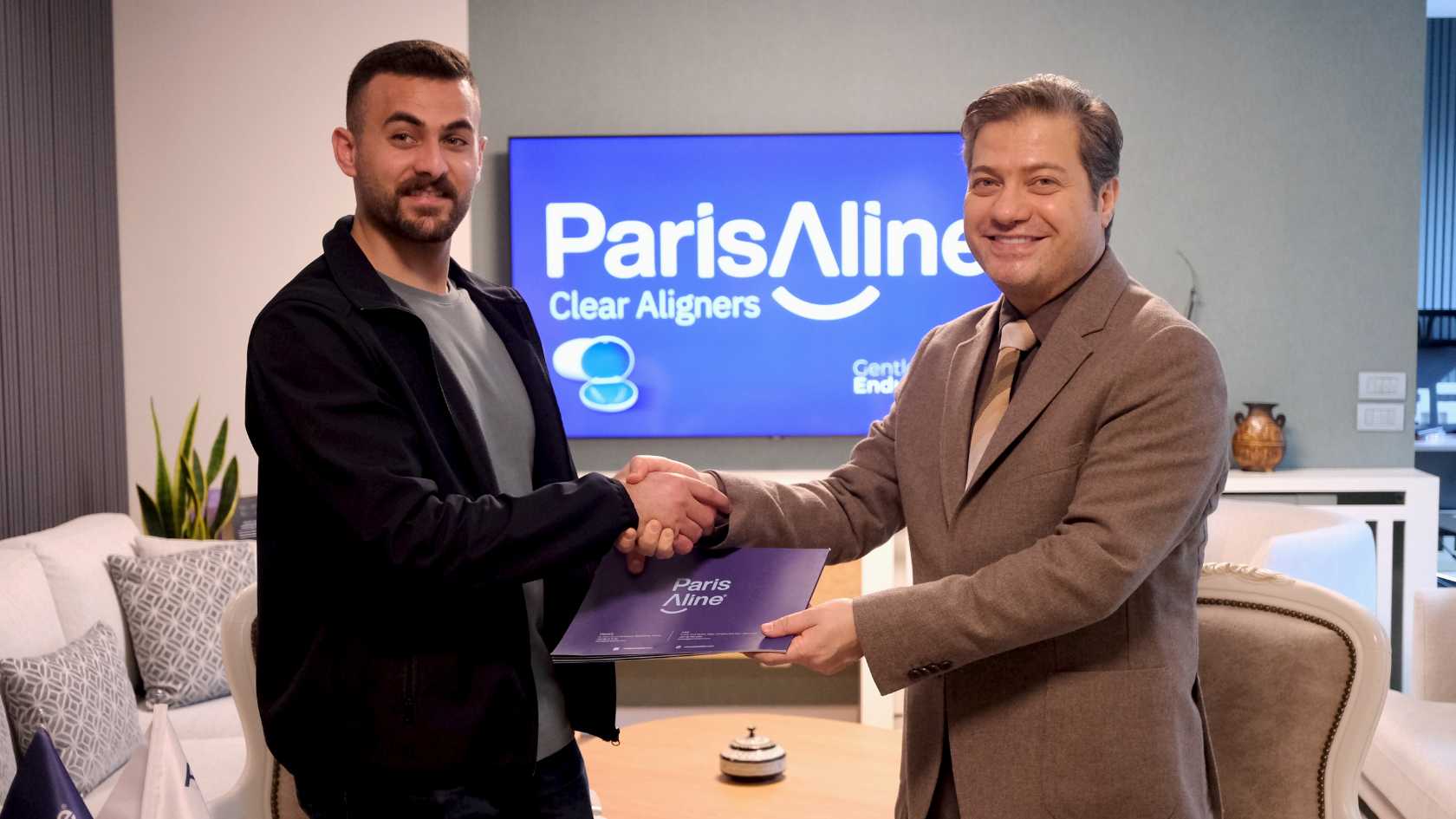
Understanding the Key Differences: Clear Aligners vs. Metal Braces
Understanding the Key Differences: Clear Aligners vs. Metal Braces
For individuals considering orthodontic treatments, choosing between metal braces and clear aligners is crucial. This decision often begins with a dentist’s recommendation, but a deeper understanding of each option can empower patients to make well-informed choices.
Deciding Between Clear and Metal Options
Both clear aligners and metal braces are designed to straighten teeth, promoting a healthy and aesthetically pleasing alignment. However, clear aligners are not so much competitors of metal braces as they are alternative treatments, often chosen based on specific diagnostic criteria. Ultimately, the decision lies with the patient, assuming clear aligners are a viable option for their particular dental situation.
When to Consider Clear or Metal Braces
Orthodontic care may be necessary due to issues like improper teeth growth or dental problems leading to misalignment. Common conditions treatable by either metal braces or clear aligners include:
- Crossbite
- Deepbite
- Spaced Teeth
- Openbite
- Crowding
- Increased Overjet
Orthodontic Treatments: Balancing Health and Aesthetics
Both clear and metal braces significantly improve dental and jaw alignment, addressing both aesthetic concerns and health issues. Orthodontic treatment may be considered for reasons such as:
- - Enhanced speech clarity and pronunciation.
- - Prevention of tooth wear from uneven chewing forces.
- - Gum protection and promotion of long-term dental health.
- - Boosted self-confidence through improved aesthetics.
- - Increased efficiency in chewing and food processing.
- - Reduction in the risk of cavities, especially in areas where crooked teeth make brushing difficult.
What Conditions Do Clear Aligners Treat?
Clear aligners are adaptable, treating a range from simple to moderate, and even some complex cases. An orthodontist’s initial assessment is key to determining if a patient's condition is suited to clear aligner treatment. A detailed diagnosis, including impressions and 3D imaging of the teeth and jaws, is essential for crafting a precise treatment plan. This plan, formulated with the help of specialized orthodontists, clarifies if clear aligners are appropriate for the patient.
The Treatment Journey: Clear Aligners vs. Metal Braces
A notable advantage of clear aligners is the ability to visualize treatment outcomes and the anticipated final appearance of the teeth beforehand, a feature not typically available with metal braces. After agreeing on a treatment plan, patients receive a series of bespoke transparent aligners that gradually shift teeth into the desired alignment, resulting in a perfectly straight smile.
Treatment Participation and Outcome Monitoring
Patients receive detailed instructions and guidance on aligner maintenance and proper use, fostering active engagement in their treatment journey and visible, incremental progress.
Discomfort and Pain During Treatment
Although some initial discomfort is common to both treatment types, clear aligners tend to offer a shorter adjustment period than metal braces. This discomfort primarily stems from the new sensation of the aligner in the mouth and the onset of tooth movement.
Side Effects and Comfort
Metal braces are associated with a higher potential for dental side effects and oral health impacts, such as tooth scratches and decay caused by brackets and wires. In contrast, clear aligners provide a safer and more comfortable treatment experience, free from these adverse effects.
Ease of Use and Aesthetics
Clear aligners offer a virtually invisible solution and can be easily removed for eating or drinking, unlike the fixed nature of metal braces. This convenience and subtlety significantly boost patient comfort and confidence throughout the treatment process.
Making an Informed Choice
If your dentist suggests that both metal and clear aligners are suitable for your condition, choosing clear aligners can offer a blend of comfort, aesthetic appeal, and minimal side effects. However, opting for metal braces requires careful consideration of their potential drawbacks.
Need More Guidance?
If you're still uncertain about which option to choose, we're here to assist. Don't hesitate to reach out for a complimentary online consultation to discover the best route to a healthier, more attractive smile.


